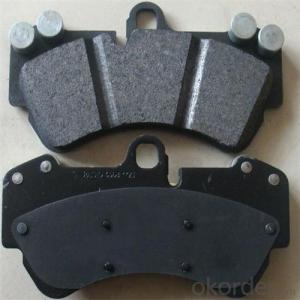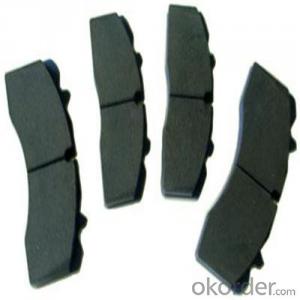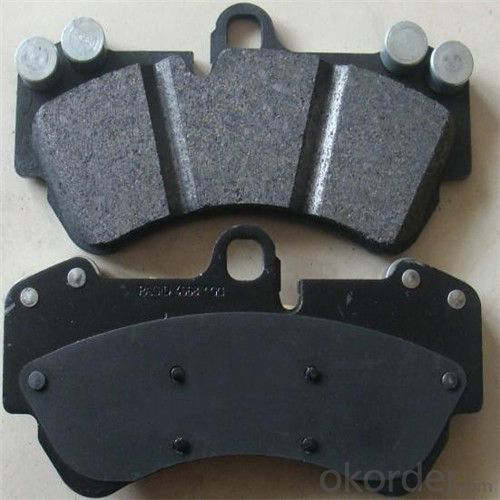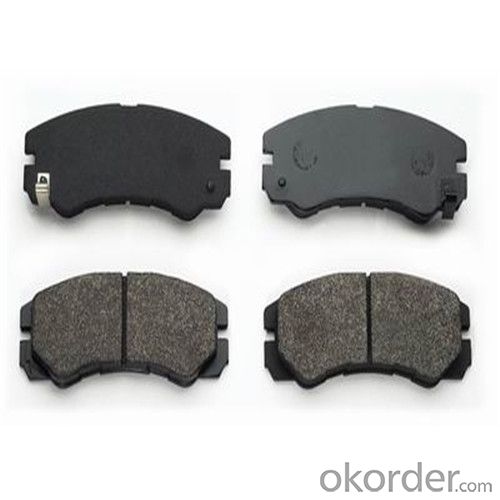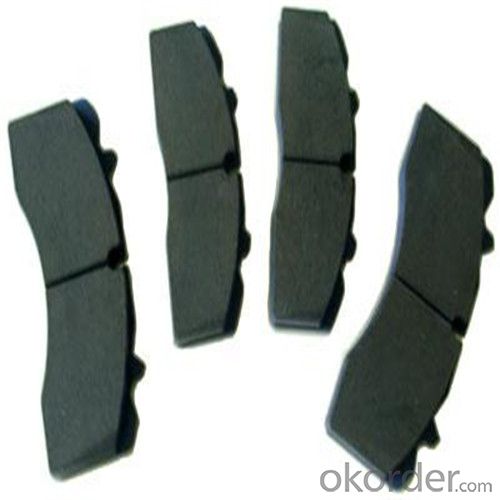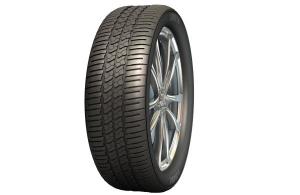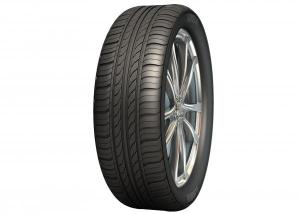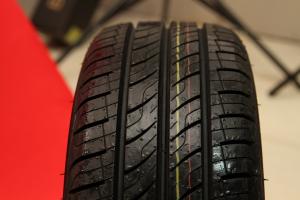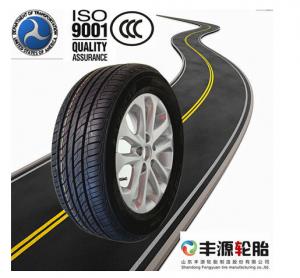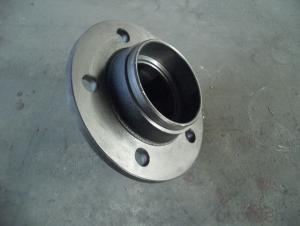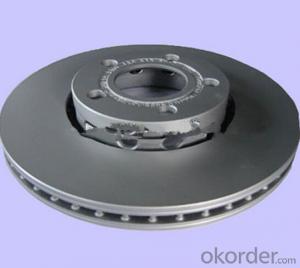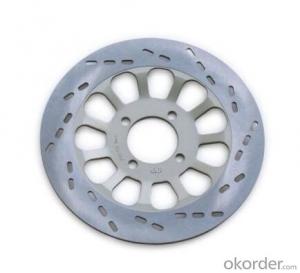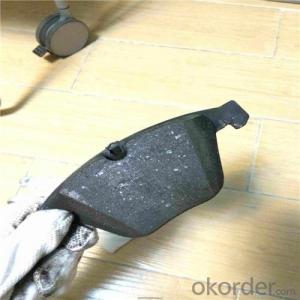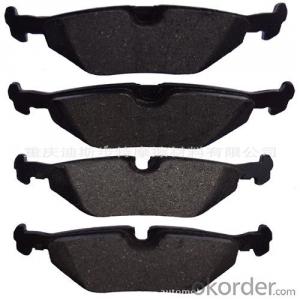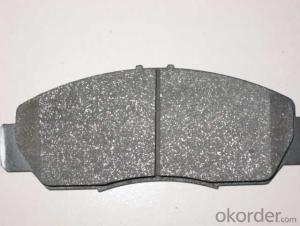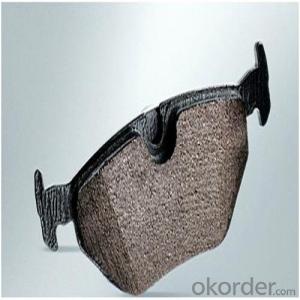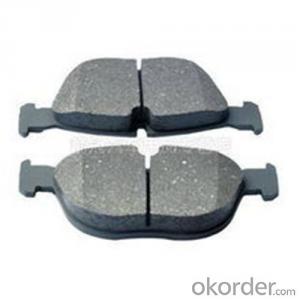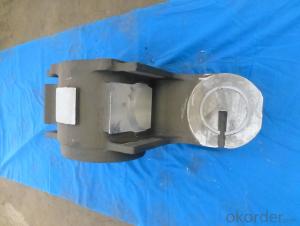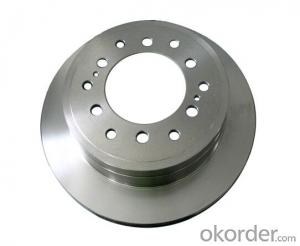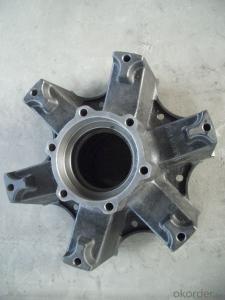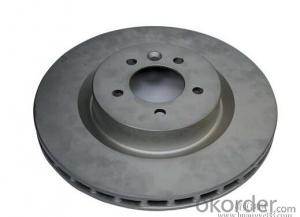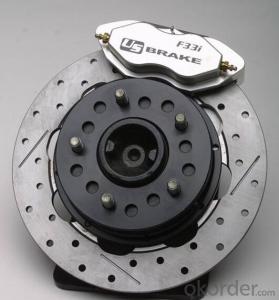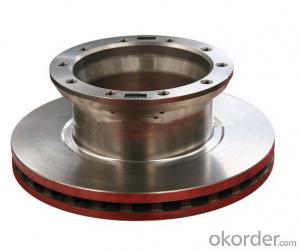Car Parts Brake Linling For BMW
- Loading Port:
- China main port
- Payment Terms:
- TT OR LC
- Min Order Qty:
- 20000 pc
- Supply Capability:
- 2000000 pc/month
OKorder Service Pledge
OKorder Financial Service
You Might Also Like
Quick Details
Packaging :
| Packaging Details: | Usually packed by Neutro packing inside,white/colored carton outside |
| Delivery Detail: | within 30 days after deposit |
Specifications
Japanese car brake pads
1.Good performance of brake pads with long life time
2.No black dust residue
3.Less brake disc wear
1.Material:
Semi-metallic, low-metallic and ceramic, Non-asbestos.
2.Certificate:
ISO9001 and TS16949 approved.
3.Advantage:
-Significantly reduced dust development
-Practically noise-free
-Better rim appearance
-Greater comfort
-No brake judder
-Better environmental protection
-Lower repair costs
-Very safe
4.The price will be sent to you soon after get your OEM or Drawings.
We are trying to do our work better to improve our products so that we can make all of our customers' satisfied. All inquires will be greatly appreciated.
picture of brake pad:
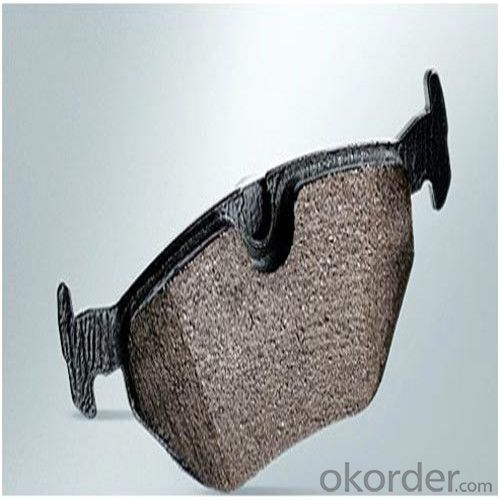
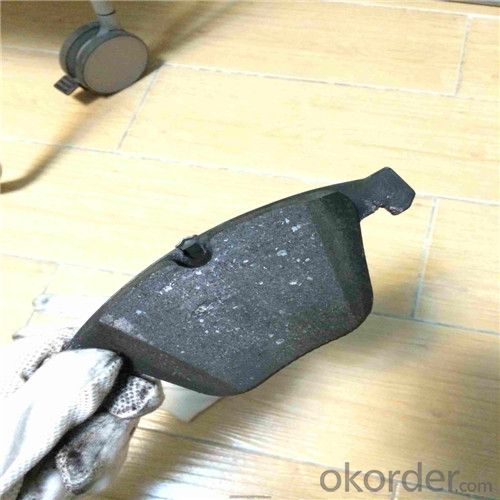
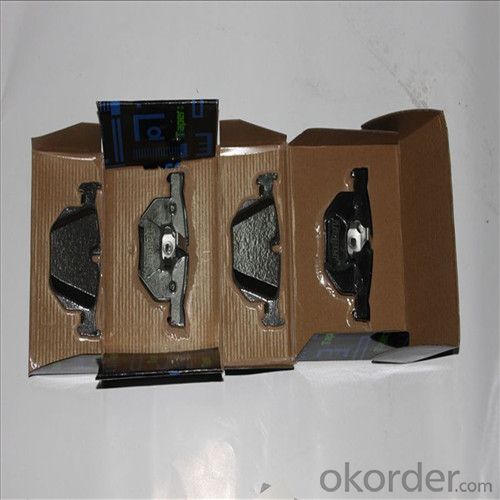
- Q: Ok so my front disc brakes don‘t work anymore for some reason. It‘s not the brake pads, i‘ve checked them but the brake fluid is low. could that be the problem? Also the rear drum brakes aren‘t working either. I don‘t really understand how drum brakes work enough to tinker with them
- Not without some tuition
- Q: what do you call a regular braking system without power brakes feature? does it also have a vacuum booster?
- It would NOT have a vacuum booster if it is not power brakes. I always called them manual brakes, but I don't know the correct term. Non-assisted, maybe?
- Q: What are the reasons for the brake system of the hydraulic brake system?
- Automotive hydraulic brake system brake is not a lot of reasons. Vacuum pump or brake pump damage, vacuum tube leak, vacuum pump belt too loose. So that the brake to help weaken or no help. Causing the brake is not working or no brake. The main pump cup, brake pipe, pump pressure oil pump will also cause the brake is not working or no brake. The total pump pipe cylinder in the air is not clean will also cause the brake is not working or no brake. The brake fluid used does not match the whole car, its mobility, sealing, low temperature coagulation, high temperature boiling will cause the brake is not working or no brake.
- Q: I checked, had to fill the Brake fluid several time at a fast pace, since it was leaking, Now every other day it is half empty again, and the check light for this brake turns ON, The brake light is RED and the ABS light is YELLOW, Is it saying that I should check the Brakes, since they might be too OLD, or is it something else, I am still Driving it but with much CARE than usual! Can I drive with it !?Car is 1993 Acura Vigor.
- you answered your own question REMOTE hence they may not have power grid to take power to them or it is so unreliable that they create and rely on there own source with out government interference
- Q: why we use liquid in hydraulic brake system?
- The liquid is pressurised hence causing movement in various parts
- Q: If abs helps keep a car's brakes from locking up (usually hard brakes) then if I put racing brakes (calipers, rotors, etc) wouldn't that have the abs work a lot more often since those types of brakes help brake harder? or am I missing something?
- the abs sensor senses the wheel traction hundreds of times a second and will work accordingly. Tires have more to do with it than the brakes up to a point And the abs computer will cycle the brakes accordingly. There is no adjustment for different kinds of brakes It doesnt matter to the computer.
- Q: Before a road accident,my car had been recently serviced and the brakes were very good. After the accident, the brakes were spongy and air had got into the system. In the accident,the car had impact damage on the near side wheel and the off side wheel had bumped up a high kerb.I had also braked excessively to try and avoid the collision. There was no evidence of any damage to the braking system.How could air have got into the system?
- Sounds like you damaged something that is causing brake fluid to leak somewhere. Could be a line, a fitting, a wheel cylinder? If fluid leaks out it has to be replace with air. It's not so much how did air get in but where is the fluid leaking? Other wise the repair guys fixed some leak in the brakes and never bled all of the air out properly. I think I'd check in with the repair facility.
- Q: Over 30km the noise disappear ,when the speed reduce to 30km and below the squeezing noise began. What could be the problem ?
- probably the brake pads rubbing the rotors. most new pads have a warning system built into them that will make the brakes squeak when they need replaced. if that's the case, you need to replace the pads. if they're not worn out, someone makes a can of de-squeak for brakes. it can be found at most auto parts stores
- Q: Can someone tell me the difference between a push-rod and slack adjuster located on the brake drum? Plus what is there main objective? Is it the brake cylinder that is located on the axles? Plus, if you know where the Air Compressor is located at under the hood and what it looks like that would be tremendously helpful? If you could send me a link to a picture of them, that would be awesome?
- the push rod stick out of the can the slack adjuster connects to the push rod. The push rod pushes the slack adjuster which in turn turns the cam rod activating the breaks. The slack adjuster adjust the slack out of the rear breaks to compensate foe the wear on the shoes. The compressor is located on the engine block has 2 belts that drive it looks similar tp the old York air conditioning compressors. usually on the upper drivers side of the engine. Good luck
- Q: Looking for the all around best hydro braking system for mountain biking. Lightest weight, best performing, offering most adjustability, and most comfortable to use.
- Like the guy above me said, you're good to go with either. I have Hayes and always have had them and I like them. I have friends who ride Avid and friends who ride Hayes and no one ever really complains. First poster is right, see what works best for you. Good luck!
Send your message to us
Car Parts Brake Linling For BMW
- Loading Port:
- China main port
- Payment Terms:
- TT OR LC
- Min Order Qty:
- 20000 pc
- Supply Capability:
- 2000000 pc/month
OKorder Service Pledge
OKorder Financial Service
Similar products
Hot products
Hot Searches
Related keywords
